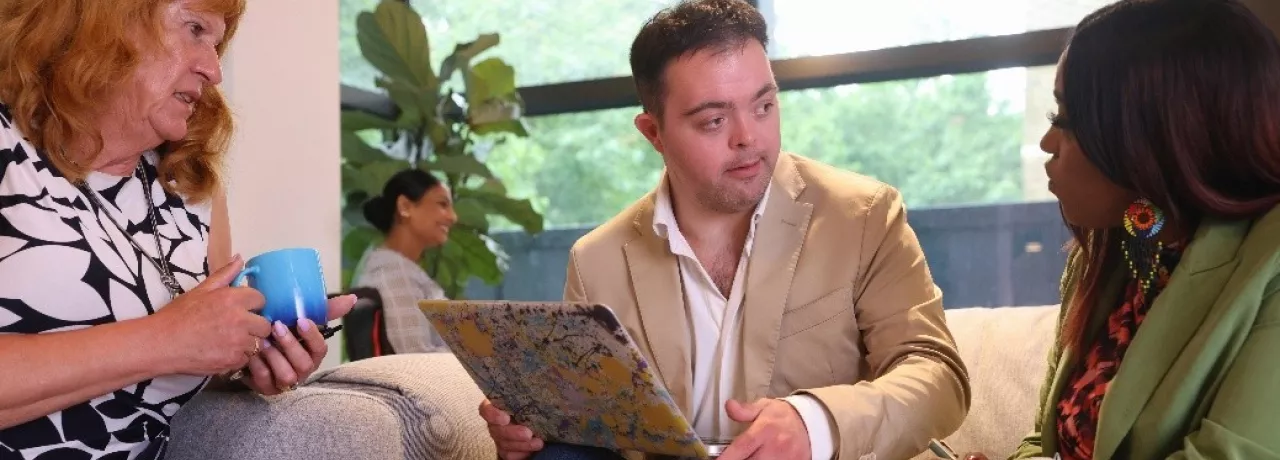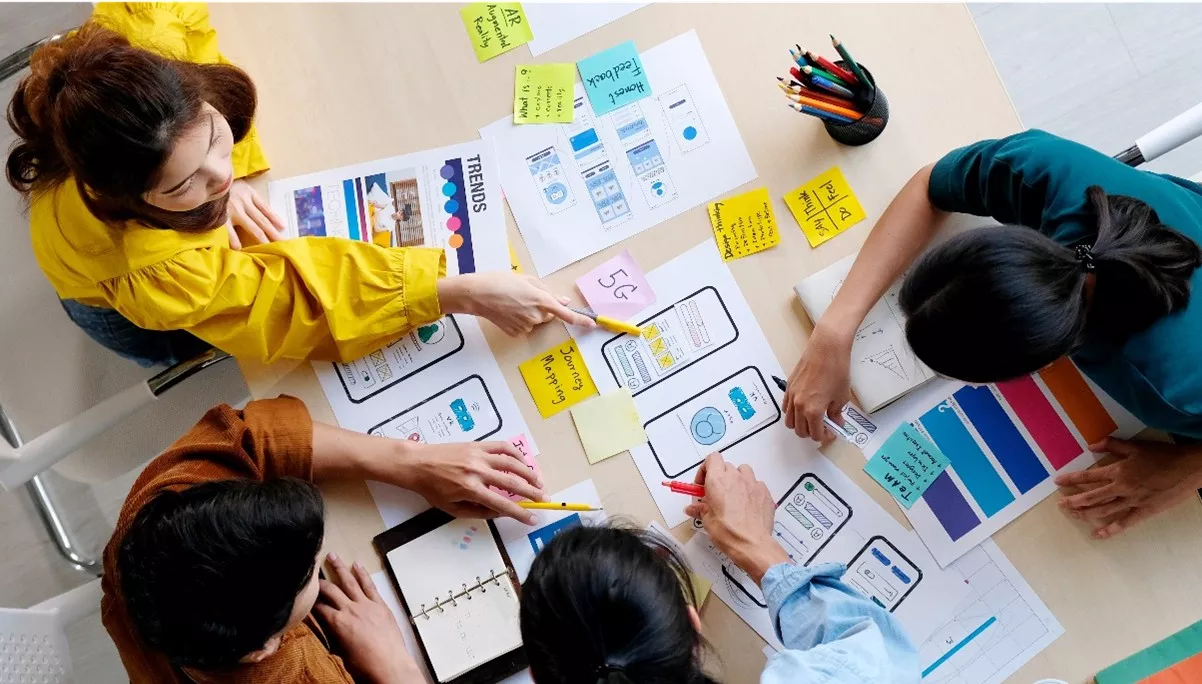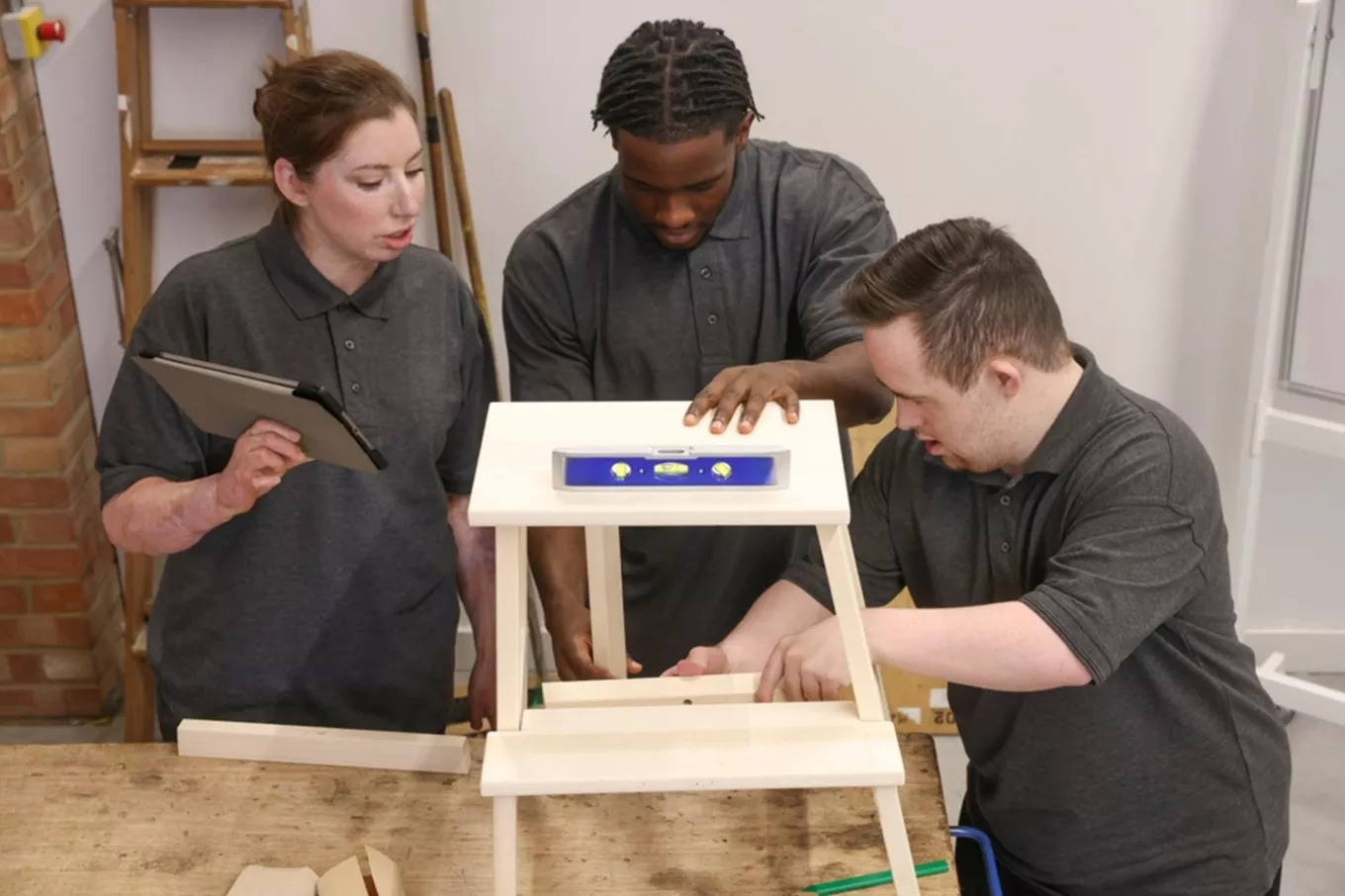
Why embracing neurodiversity is your workplace’s next competitive advantage
30 April 2025
Neurodiversity refers to the natural differences in how people think, learn, and interact.
These differences include common neurotypes like autism, ADHD, dyslexia, and dyspraxia, each offering unique ways of processing information and exceptional strengths.
In today’s workplace, inclusion goes beyond gender or ethnicity. It's also about how people see the world. While some neurodivergent traits are visible, many are not. This makes it even more important for organizations to create environments where everyone can do their best work.
Here are some practical ways to support neurodivergent individuals in your organization:
DYSLEXIA
While dyslexia affects reading and written communication, individuals with this condition often excel in big-picture thinking, emotional intelligence, and spotting patterns that others may miss.
|
Strengths: Pattern recognition, emotional intelligence, systemic thinking Needs: Clear instructions, inclusive formats for materials How you can help:
|
 |
AUTISM SPECTRUM
Autistic individuals may find social communication or unexpected changes challenging, but they often bring exceptional focus, integrity, and reliability to structured roles.
|
Strengths: Strong memory, attention to detail, reliability, structured problem-solving Needs: Predictability, clarity in communication How you can help:
|
 |
ADHD
People with ADHD often thrive in fast-paced settings and excel at brainstorming, creative problem-solving, and turning ideas into actionable items. However, focus and follow-through can be a challenge in repetitive tasks or slow-moving environments.
|
Strengths: Creative thinking, adaptability, resilience Needs: Structure, boundary-setting, prioritization How you can help:
|
 |
DYSPRAXIA
Dyspraxia affects motor coordination and spatial awareness, but those who have this condition often bring innovation, strong verbal reasoning, and problem-solving abilities that shine in analytical or creative roles.
|
Strengths: Creativity, verbal reasoning, thinking beyond the box Needs: Physical coordination, spatial orientation How you can help:
|
 |

A thriving workplace for all
Support for neurodiverse individuals doesn’t have to be complex; it just needs to be intentional and thorough. Here are some simple ways to start.
- Make communication more accessible - combine verbal instructions with visual or written versions, eliminate corporate jargon, and train managers to support diverse communication styles
- Rethink leadership styles - set clear KPIs and offer steady feedback without micromanaging. It’s about guiding with trust, not control
- Normalize different working styles - productivity doesn’t look the same for everyone. Focus on outcomes over rigid hours and encourage employees to share what helps them work at their best. When you lead with understanding, you get teams that are not only more inclusive—but more engaged and motivated too.

Meaningful employee recognition
Building an inclusive workplace shouldn’t end at onboarding, nor is it a one-off item to be ticked off on your checklist. Rather, it’s an ongoing process. One of the ways this can be done is to reinforce trust and belonging through rewards and recognition.
- Short-term: Celebrate wins like training completion or project milestones with Pluxee Gifts, a flexible, personal way to show appreciation.
- Long-term: Build a culture that fosters business growth with Pluxee Rewards & Recognition platform, where managers, leadership teams, and peers can give real-time, point-based recognition.

Inclusion is a team effort Neurodiverse individuals have always been part of the workforce. What’s changing now is that forward-thinking companies are choosing to support—not suppress—their potential. It doesn’t take a massive shift - just a willingness to listen, adapt, and lead with intention. When we make room for different ways of thinking, we unlock new perspectives, better collaboration, and stronger business outcomes.
Explore how we can help you create a more inclusive, rewarding workplace for neurodiverse talent.





